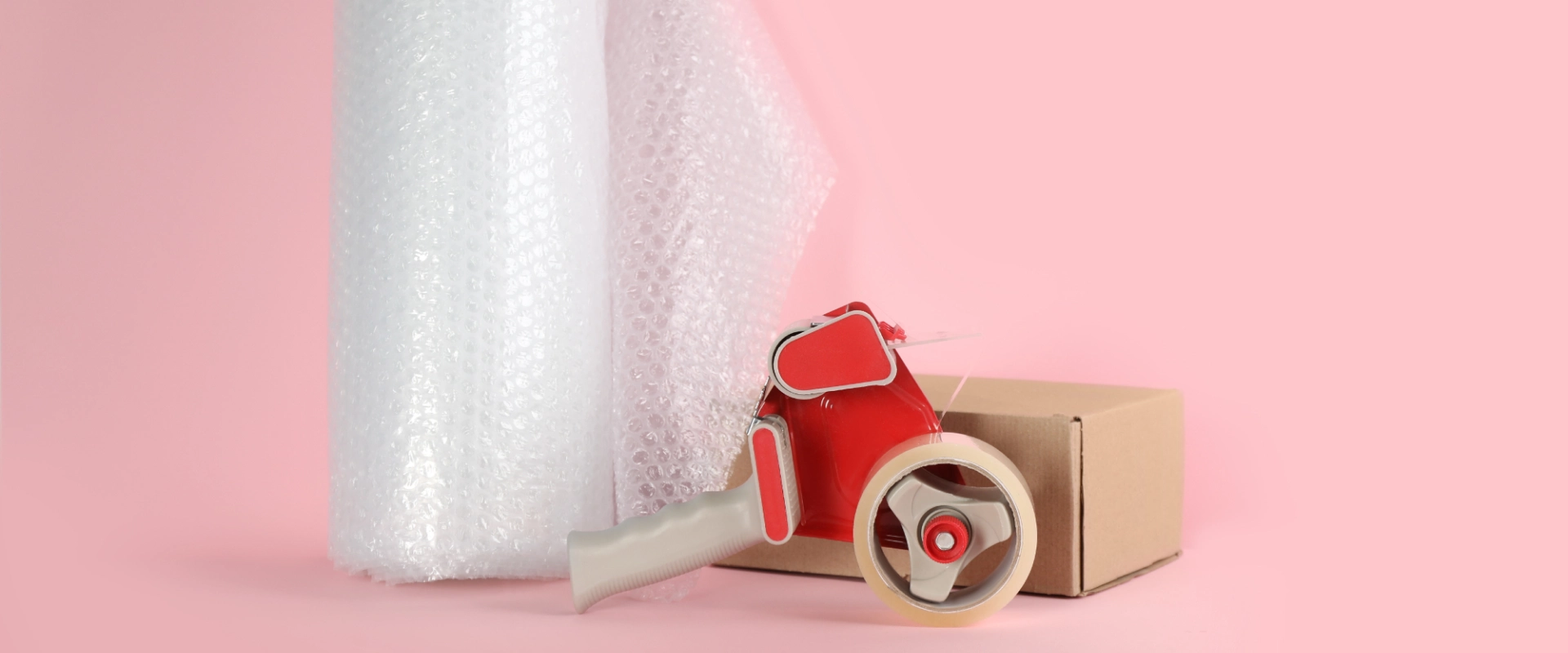Bubble wrap is an essential material for protecting delicate items during shipping and storage. When selecting bubble wrap, one important decision is whether to use perforated or non-perforated bubble wrap. Understanding the differences between these two options can help you choose the right type for your needs. This blog will guide you through the key factors to consider when making your choice.
What is Perforated Bubble Wrap?
Perforated bubble wrap features small holes or perforations at regular intervals along the length of the roll. These perforations allow you to easily tear off sections of bubble wrap without the need for scissors or cutting tools. Here are some benefits and considerations:
Benefits of Perforated Bubble Wrap:
- Convenient Size Management: The perforations make it easy to tear off just the right amount of bubble wrap, which can be particularly useful when packaging items of varying sizes.
- Reduces Waste: By allowing you to easily tear off the exact amount needed, perforated bubble wrap can help reduce excess waste and ensure more efficient use of the material.
- Time-Saving: The convenience of tearing off pre-sized sections can speed up the packing process, saving time and increasing efficiency in busy shipping environments.
Considerations for Perforated Bubble Wrap:
- Less Continuous Coverage: The perforations might cause slight gaps in coverage, which may be a concern for items requiring a seamless layer of protection.
- Potential for Weak Points: The perforation points might create weak spots where the bubble wrap could tear more easily if not handled properly.
What is Non-Perforated Bubble Wrap?
Non-perforated bubble wrap is a continuous roll of bubble wrap without any pre-cut perforations. It allows you to use as much or as little material as you need, offering a different set of advantages:
Benefits of Non-Perforated Bubble Wrap:
- Customizable Coverage: Non-perforated bubble wrap provides flexibility in how much wrap you use, allowing for continuous coverage without any interruptions from perforations.
- Seamless Protection: Because there are no perforations, you can achieve a more seamless layer of protection around your items, which can be important for delicate or irregularly shaped objects.
- Versatility: This type of bubble wrap is suitable for wrapping large items or creating custom-sized wraps for specific packaging needs.
Considerations for Non-Perforated Bubble Wrap:
- Requires Cutting Tools: To use non-perforated bubble wrap, you’ll need scissors or a cutting tool to cut the material to the desired size, which can be less convenient compared to perforated options.
- Potential for Waste: Without perforations to guide sizing, there’s a possibility of using more material than necessary, which can lead to increased waste if not managed properly.
Choosing the Right Bubble Wrap for Your Needs
When deciding between perforated and non-perforated bubble wrap, consider the following factors:
- Item Size and Shape: For items of varying sizes or those requiring specific wrap dimensions, perforated bubble wrap can be more convenient. For large or irregularly shaped items, non-perforated bubble wrap may offer better coverage and customization.
- Packing Efficiency: If you need to speed up the packing process and reduce waste, perforated bubble wrap can be beneficial. Non-perforated bubble wrap might be preferable for more controlled, customized wrapping.
- Protection Requirements: Evaluate the level of protection needed. Non-perforated bubble wrap may offer more seamless coverage, while perforated bubble wrap can still provide effective protection with the added benefit of easy tear-off sections.
Conclusion: Find the Right Bubble Wrap at NTXSupply.com
Choosing between perforated and non-perforated bubble wrap depends on your specific packaging needs and preferences. For a wide range of bubble wrap options, including both perforated and non-perforated varieties, visit NTXSupply.com. NTX Supply offers high-quality bubble wrap solutions to meet your packing and protection needs, ensuring your items arrive safely and securely.

